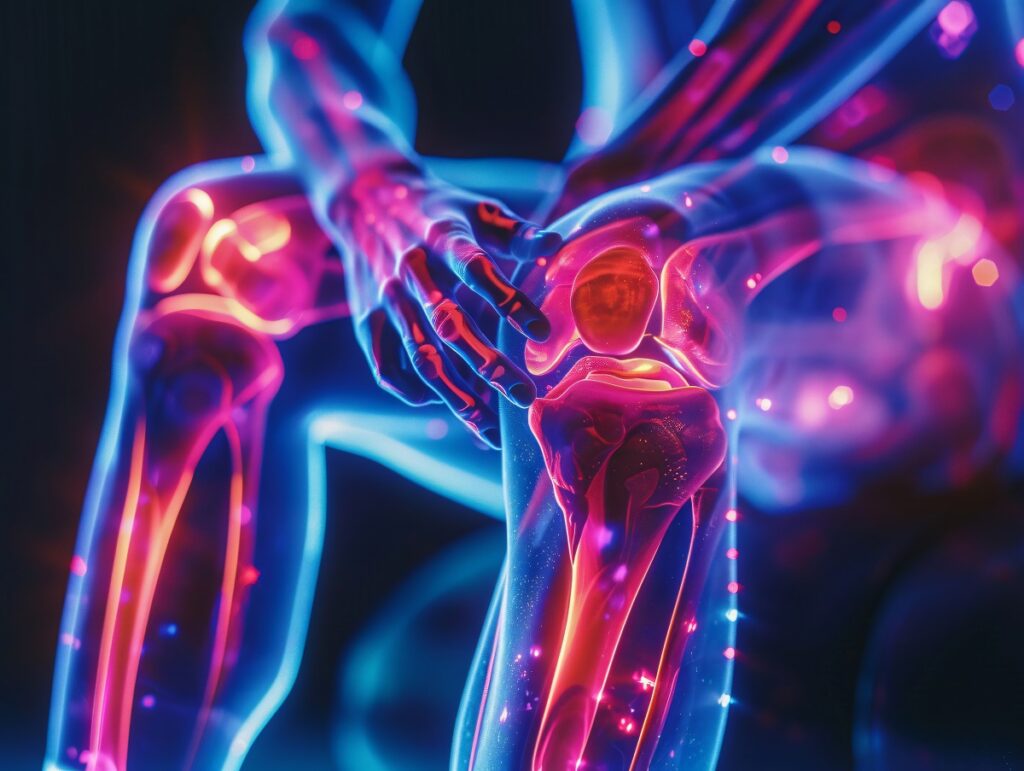Arthritis is a common yet complex condition affecting millions of people worldwide. The term “arthritis” encompasses over 100 different types of joint diseases and conditions, with osteoarthritis and rheumatoid arthritis being the most prevalent. Understanding what does arthritis feel like can help in recognizing symptoms early, seeking appropriate treatment, and improving the quality of life for those affected.

The Onset of Symptoms
Arthritis symptoms often begin subtly, with many people experiencing mild discomfort or stiffness in their joints. This initial phase can be easy to dismiss as it often coincides with general aging or temporary overexertion. The onset might include:
- Morning Stiffness: One of the earliest signs is stiffness upon waking. This stiffness can last from a few minutes to several hours, gradually easing as the day progresses.
- Mild Joint Pain: Initial pain might be sporadic, often triggered by specific activities such as walking, climbing stairs, or gripping objects.
- Swelling and Warmth: Affected joints may appear swollen and feel warm to the touch, indicating inflammation.
Progression of Pain and Discomfort
As arthritis progresses, the symptoms become more pronounced and persistent. The pain associated with arthritis can vary significantly depending on the type of arthritis and the individual. Here’s a closer look at the sensations experienced:
Osteoarthritis
- Dull Ache: Often described as a deep, dull ache within the joint, osteoarthritis pain can be persistent or intermittent. It is most commonly felt in the knees, hips, hands, and spine.
- Grating Sensation: Individuals with osteoarthritis may feel a grating or grinding sensation in the joint, especially during movement. This is due to the loss of cartilage, which normally cushions the joints.
- Increased Pain with Activity: Physical activities such as walking, bending, or lifting can exacerbate the pain. Conversely, resting the joint usually provides some relief.
Rheumatoid Arthritis
- Throbbing and Burning Pain: Rheumatoid arthritis often causes a throbbing or burning sensation in the joints. This autoimmune disorder leads to chronic inflammation, primarily affecting the hands, wrists, and feet.
- Symmetrical Pain: Unlike osteoarthritis, rheumatoid arthritis typically affects joints symmetrically. For example, if one knee is inflamed, the other knee is likely to be affected as well.
- Joint Deformity: Prolonged inflammation can cause joint damage and deformity, leading to significant pain and reduced mobility.
The Emotional Impact of What does Arthritis feel like
Living with arthritis involves more than just physical pain; it also has a profound emotional impact. Chronic pain can lead to feelings of frustration, anxiety, and depression. The unpredictability of flare-ups, where symptoms suddenly worsen, can cause a constant sense of uncertainty and stress. Many individuals report feeling isolated, as they may need to withdraw from social activities or hobbies they once enjoyed due to their condition.
Managing Arthritis Pain
Managing arthritis involves a combination of treatments aimed at relieving pain, reducing inflammation, and maintaining joint function. Here are some common strategies:
Medications:
- Pain Relievers: Over-the-counter medications like acetaminophen can help manage mild pain. For more severe pain, doctors may prescribe stronger painkillers.
- Nonsteroidal Anti-Inflammatory Drugs (NSAIDs): These medications, such as ibuprofen and naproxen, reduce inflammation and alleviate pain.
- Disease-Modifying Antirheumatic Drugs (DMARDs): Used primarily for rheumatoid arthritis, DMARDs slow the disease’s progression and prevent joint damage.
Physical Therapy:
- Exercise: Regular, low-impact exercises such as swimming, walking, or cycling can strengthen muscles around the joints, improving stability and reducing pain.
- Physical Therapy: A physical therapist can design a customized exercise program and teach techniques to protect joints and maintain mobility.
Lifestyle Modifications:
- Weight Management: Maintaining a healthy weight reduces stress on weight-bearing joints, particularly the knees and hips.
- Assistive Devices: Tools such as braces, shoe inserts, or canes can provide additional support and reduce strain on the joints.
Alternative Therapies:
- Acupuncture: Some individuals find relief through acupuncture, which involves inserting thin needles into specific points on the body.
- Massage Therapy: Massage can help reduce pain and improve circulation, promoting overall well-being.
- Supplements: Certain supplements, like glucosamine and chondroitin, may support joint health and alleviate symptoms for some people.
The Importance of Early Diagnosis and Treatment
Early diagnosis and treatment of arthritis are crucial for preventing joint damage and preserving quality of life. If you experience persistent joint pain, stiffness, or swelling, it is essential to consult a healthcare professional. They can perform a thorough evaluation, which may include physical exams, imaging tests, and blood tests, to determine the type and severity of arthritis.
Once diagnosed, following a comprehensive treatment plan can help manage symptoms effectively. Regular check-ups and open communication with healthcare providers are vital for monitoring the condition and adjusting treatments as needed.
Living with Arthritis: Hope and Resilience
While arthritis presents significant challenges, many individuals lead fulfilling lives with proper management and support. Advances in medical research continue to improve our understanding of arthritis and develop new treatments. Support groups and online communities provide valuable resources and a sense of camaraderie for those living with the condition.
Conclusion
Arthritis is a multifaceted condition with a wide range of symptoms and impacts. The pain experienced by individuals with arthritis can be persistent and debilitating, affecting both physical and emotional well-being. Understanding what does arthritis feel like is crucial for recognizing the condition early and seeking appropriate care. Through a combination of medical treatments, lifestyle changes, and emotional support, individuals with arthritis can manage their symptoms and maintain a high quality of life. As research progresses, there is hope for even more effective treatments and, ultimately, a cure for this challenging condition.


